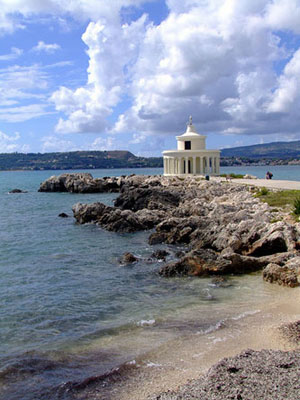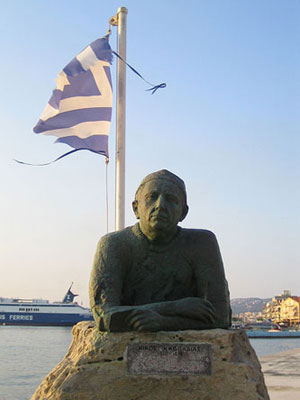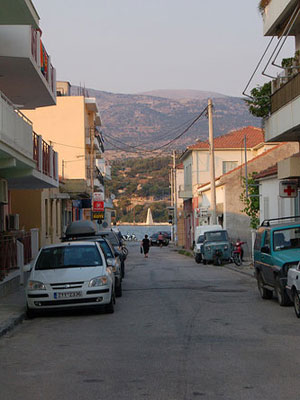Argostoli Kefalonia
The port of Argostoli was characterized at the beginning of the 17th century as the most beautiful of the island and the east as a whole. Imagine what happened to the settlement which was built on the third biggest natural port of the Mediterranean basing when it became the capital in 1757. Commerce bloomed along with arts and literature and the town became full of houses influenced by the renaissance and baroque styles. The terrifying earthquakes of 1953 changed everything but Argostoli was reborn. Today it is a live town with a noisy market full of people, shops and cafes, cultural events and activities with which the habitants are occupied.
The Main Square
There is no chance of going to Argostoli and not passing by its central square. Most local have the statue of the benefactor P. Vallianos as the meeting point. Around it you will find benches, cafeterias, restaurants, bars. the surrounding streets are closed for cars during the summer leaving ample space for pedestrians.
The cobbled walkway
Its beginning is at the judicial mansion and it will remind you of older times when ladies were crossing it trying to find wide hats, shiny shoes, French porcelains and Bohemian crystal items. Hearing people sing was not uncommon at the time. It is not possible to be in Argostoli and not passing by the cobbled walkway with the cafes, the shops with the tourist items and the luxurious department stores which coexist with the church of Agios Spyridon, the Catholic church of Agios Nikolaos, the clock at Kampana Square where the Kefalonians burned the Libro d' Oro (the book of the noblemen) in 1797 after the arrival of the French. If you visit the traditional kafeneio at the base of the bell tower you will understand by the photos hang on the walls why the elderly can't compare the old Argostoli of the time before the earthquake (55 years ago) with the new one.
The street with the palm trees
Palm trees and laurels ornament the palm tree street as it is called. It competes in liveliness with the cobbled walkway although access to cars is permitted here. It is full of street-vendor benches, cafes, restaurants and pastry shops. Here you will find important buildings, architectural samples of the era before the big earthquake.
The Esplanade
When you enter Argostoli from its main entrance Koutavos lagoon is welcoming you on the right while on the left it's the national stadium, the tennis and basketball courts and Andonis Tritsis gymnasium with the statue of the politician born in Kefalonia. Right in front of the sea there is a sea front with round pebbles ideal for walking on the side of the sea and shops and super markets on the other. In the morning there are many cars and traffic. Keep going till the end of the road where you will see the statue of the famous poet Nikos Kavadias and then the bridge of Drapano which connects the city with the villages of the opposite side and the streets which lead to Lixouri, Fiskardo and Sami.








